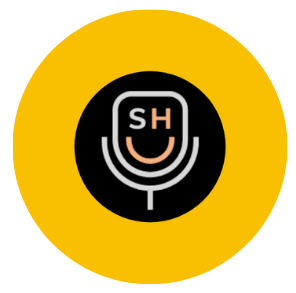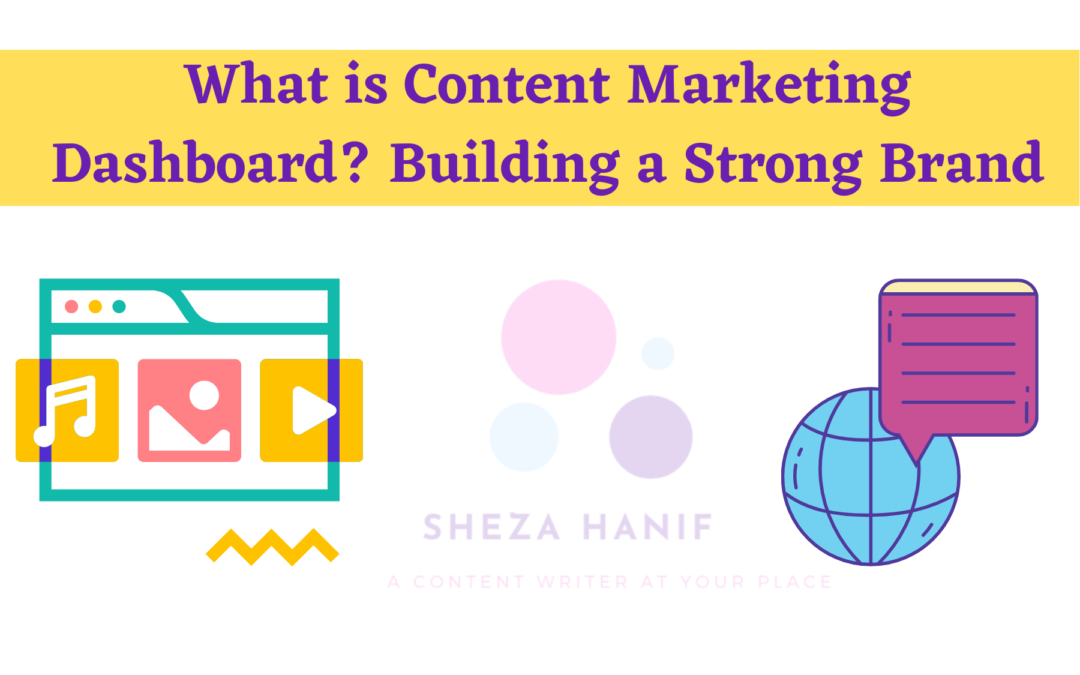A content marketing dashboard is a way to reach, convert and retain potential customers. Content marketing is more popular than ever.
Often content marketing works better than other forms of marketing. This is because people seek out and consume valuable content instead of advertisements that they usually prefer to avoid.
Do you want to start with content marketing? Wise – chances are your competitors have already begun to. The sooner you start, the faster you can clear the backlog.
This blog explains the content marketing dashboard, how it works, and what steps you should take to get started with content marketing.
What is content marketing?
Content marketing is a technique that revolves entirely around creating and distributing valuable content for a specific target group. The goal is to bind, convert and retain that particular target group.
At Machielsen, we have a simple content marketing strategy. We share our knowledge in content marketing, SEO, and internationalization in the form of blogs and articles.
We provide our target group with tools to get started with content marketing, SEO, and internationalization with our content. That’s how we build a bond with our target audience, and when they need us, we’re there for them.
Blogs and written content form the basis of our content marketing dashboard. We are good at that, and it suits our target group. But for content marketing, you can use any content – not just text, but also, for example, videos, images, and even events. What works best depends on the target audience and what you feel comfortable with.
Definition of Content Marketing
Content Marketing Institute uses the following definition of content marketing:
“Content marketing is a marketing tactic of creating and distributing valuable and relevant content to engage, acquire, and attract, a clearly defined and understood target audience – to drive profitable customer action.”
And the word ‘valuable’ shows the difference here between content marketing and other forms of content marketing dashboard. This takes the whole definition of content marketing to the next level. Without this keyword, this definition can cover any content, even advertising and advertisements.
What exactly is content?
Content is information that serves a purpose. Usually, content is thought of online expressions, such as text, images, or video. Technically, an event can also be a form of content.
Good content is tailored to the target group, the medium, and the company that makes the announcement.
Here are some common types of content:
- blogs
- Youtube videos
- Infographics
- Animations
- Ebooks
- cheat sheets
- Podcasts
- Templates
The list of content types is endless. You may now be thinking: if I do a little bit of everything, I will reach more people. The opposite is true. You make much more impact by focusing all your focus on one or two formats.
We have deliberately chosen to focus mainly on blogs because we know that our target group actively looks for information. They use Google to find answers to the questions. That is why we write this content: to be visible where our target group is.
The content marketing dashboard is explained with an example.
The content marketing dashboard can be explained with a simple example.
Suppose you are considering buying a kettlebell, and two websites offer kettlebells. Shop ABC tries to sell you a kettlebell directly. Shop XYZ provides you a free starter guide.
Because you are not yet sure whether you want a kettlebell, choose the starter guide from store XYZ. This guide contains a lot of information: which basic exercises you can do with a kettlebell, what you should pay attention to when you buy a kettlebell, and tips for a healthy lifestyle.
After reading the starter guide, you will be convinced of the usefulness of kettlebells. Where do you buy it? At store XYZ, of course. After all, they have given you all that helpful information.
After you buy the kettlebell, you’ll get an additional healthy recipe guide and a link to a video of the five best warm-up exercises. This extra ‘aftercare’ makes you extra happy that you have chosen store XYZ.
So how does content marketing work?
The big difference between the two stores? Winkel XYZ provides for the information needs of its customer.
And this is precisely the premise of a content marketing dashboard: being found by the right target group at the right time and providing the correct information.
This sounds like being lucky: being in the right place at the right time.
On the contrary, content marketing is a systematic approach in which you slowly but surely get a visitor who is initially only looking for information and has no concrete purchase intention. You do this with a marketing funnel.
You guide your potential customer through his customer journey, as it were. Without immediately trying to sell something, you help the potential customer in their search for information. You share valuable knowledge and prepare the potential customer for the next step in your funnel.
Through a systematic approach, you convert visitors into leads, from leads into prospects, and prospects into customers.
The content marketing myth
From research, Moz shows that most organizations have a wrong impression of how content marketing works.
Most organizations assume that content marketing dashboard looks like this:
- A content marketer creates awesome content. Everyone will be impressed by that.
- You promote the content by sharing it via social media – paid or not. Everyone will like and share your content en masse.
- The leads are flowing in thanks to your one-time effort. Everyone thinks your content is entirely the end.
I’ll help you out of the dream right away: it doesn’t work that way.
Rand Fishkin of Moz likens it to a savings account. Good content marketing brings your target audience into contact with your brand.
Every time they come into contact, the bank balance becomes a little more positive. But you have to keep saving until you have accumulated enough credits.
Eventually, people will trust you. Then they take action and take the next step in the funnel or customer journey.
A common mistake is not allocating enough time and budget for content marketing. Content marketing does not lead to instant success: you have to keep creating content consistently. Many companies do not take this into account and are therefore not successful with content marketing.
Two misconceptions about content marketing
- It relies on SEO
- Content marketing is blogging
Content marketing relies on SEO
Well! Content marketing and SEO are often mentioned in the same breath. Also, at Machielsen, we almost always combine content marketing with SEO texts. But good content marketing does not necessarily depend on search engine optimization. It is true that with good content, it is easier to rank high in search engines.
But SEO is just one channel to drive traffic to your content. When you’re setting up a content marketing campaign, sometimes it’s even better to advertise.
Why? Because your content is valuable to a specific target group. By advertising on Linkedin, Facebook, or another channel, you can approach that target group in a very targeted way. After the first contact, your content marketing funnel will start.
Content marketing is blogging.
Blogging and content marketing are inextricably linked. That doesn’t mean you have to start a blog for good content marketing.
Which channel you use and what you can be successful with depends entirely on you and your target group.
Many companies are afraid to start content marketing because they think they have to write dozens of extensive blogs. But if you can better help your target audience with instructional videos, you don’t have to write a single blog.
Now it’s your turn!
We are convinced that content marketing is the most effective form of marketing. Organizations need to formulate a strategy that is in line with the business objectives. Creating content is never the goal but the means.
Do you want a concrete content strategy that delivers tangible results?
We’ll share eight steps you need to follow to create a content strategy you can build on in that guide.
Start by setting your goals, map your target audience and competition. And use that information to look for good content topics. Wait for the next blog!
Don’t miss a single tip anymore?
Never miss these kinds of tips again? Subscribe to our YouTube channel and get the best advice for free.
Valuable article about content marketing dashboard? Could you share it with your network?

